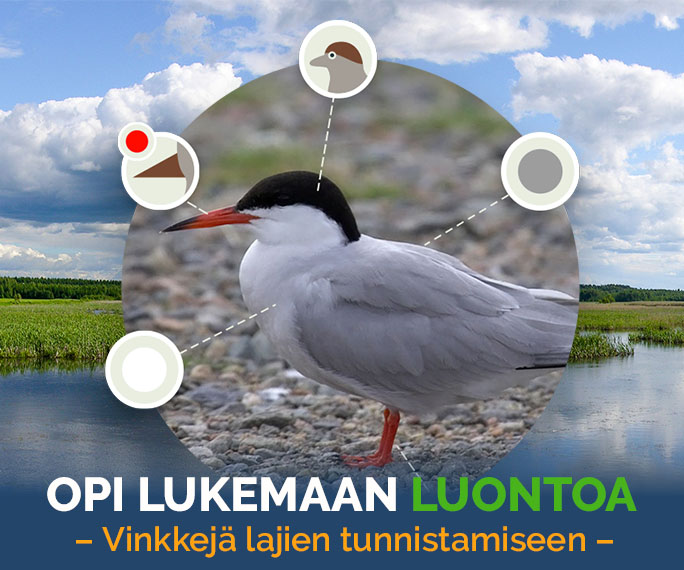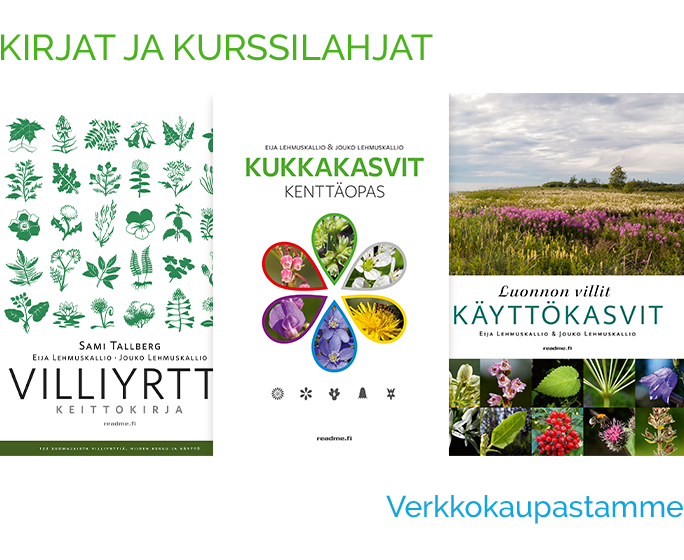Water Avens
Geum rivaleTaxonomy
Family
Rose Family - RosaceaeSubfamily
RosoideaeTribe
ColurieaeGenus
Avens - GeumSpecies
Water Avens - Geum rivaleDistribution map: Lampinen, R. & Lahti, T. 2021: Kasviatlas 2020. Helsingin Yliopisto, Luonnontieteellinen keskusmuseo, Helsinki.


